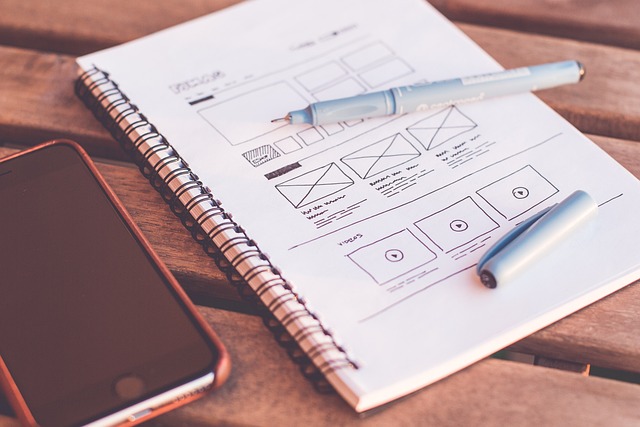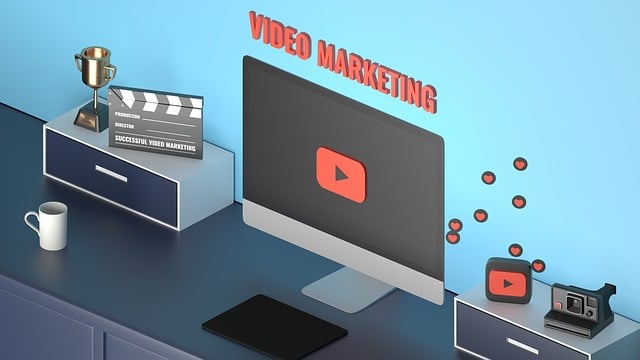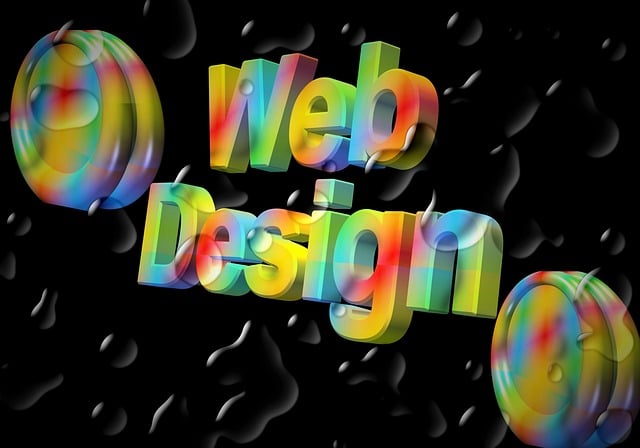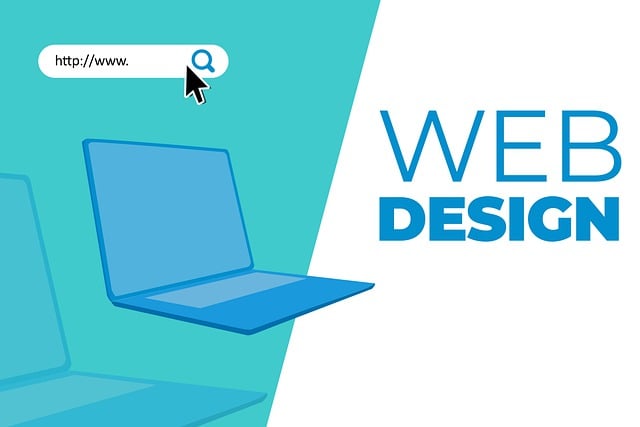Startup web design requires a tailored approach that aligns with unique goals, from e-commerce to lead generation. It must convey value propositions effectively through user-centric layouts guided by data and feedback, enhancing engagement and conversions. Minimalist or vibrant styles, when balanced, support brand identity. Simplifying complex info through intuitive navigation and layout keeps users engaged. Responsive design ensures consistent experiences across devices, while CTAs drive user actions. SEO optimization boosts online visibility, and accessibility practices create inclusive spaces, all vital for startup success in a competitive digital market.
In today’s digital landscape, a startup’s online presence is its lifeline. Effective web design can transform a fledgling business into a thriving entity, capturing attention and driving growth. This article guides you through the essential elements of creating a compelling web design tailored to startups. From understanding unique needs and defining goals to implementing minimalist aesthetics or vibrant pop, we’ll explore strategies for user-centric experiences, responsive design, SEO optimization, and ensuring accessibility.
Understanding Startup Needs: Defining Your Web Design Goals

Every startup is unique, and so are its web design needs. Understanding your startup’s specific goals and challenges is crucial before diving into the design process. Web design for startups involves creating a digital presence that not only looks appealing but also serves as a powerful marketing tool, facilitates user engagement, and ultimately drives business growth.
Defining clear objectives is essential. Are you focusing on building an e-commerce platform to sell products online? Or do you need a robust online portfolio to showcase your team’s work and attract investors? Perhaps it’s crucial to have a simple yet captivating landing page to gather leads. Your web design goals will shape the overall layout, functionality, and user experience, ensuring that your website effectively communicates your startup’s value proposition to the target audience.
Target Audience: Creating a User-Centric Experience

When designing a website for startups, understanding and catering to the target audience is paramount. Startups often aim to attract a wide range of users, from early adopters to potential investors and customers. Therefore, web design should be user-centric, focusing on creating an intuitive and engaging experience. A well-designed website should seamlessly guide users through the startup’s value proposition, making it easy for them to navigate and interact with the platform.
This approach involves considering user behavior, preferences, and pain points. By incorporating user feedback and employing data analytics, designers can create a web design that not only looks appealing but also functions effectively. A user-centric experience is key to retaining visitors, encouraging conversions, and fostering brand loyalty, all of which are essential for the success and growth of a startup in today’s competitive market.
Minimalist vs. Vibrant: Choosing a Visual Style

When it comes to web design for startups, choosing a visual style is a significant decision that can significantly impact user experience and brand identity. One of the key choices entrepreneurs face is between minimalist and vibrant designs. A minimalist approach leans into simplicity, prioritizing clean lines, neutral colors, and concise layouts. This style effectively communicates sophistication and elegance, making it ideal for tech startups aiming to project professionalism and reliability. Minimalist designs also load faster, enhancing user satisfaction and search engine rankings—a crucial aspect in today’s digital era where instant gratification is the norm.
On the other hand, vibrant designs embrace color, texture, and intricate elements to create visually captivating experiences. This aesthetic is particularly suitable for startups in creative industries or those seeking to stand out with a memorable brand image. Vibrant web design can draw users in, fostering engagement and interaction. However, it’s essential to balance visual appeal with usability; otherwise, the website might become cluttered and overwhelming, hindering user navigation and potentially driving them away. Effective use of space, typography, and multimedia elements is key to achieving a harmonious blend of aesthetics and functionality, ultimately enhancing the overall web design experience.
Navigation and Layout: Simplifying Complex Information

In the realm of web design for startups, simplifying complex information through intuitive navigation and layout is paramount. Startups often possess a wealth of ideas and features, but their websites can become cluttered and overwhelming if not structured properly. A well-designed navigation system acts as a map, guiding users effortlessly to their desired destinations. By employing clear categories, drop-down menus, and simple language, startups can ensure visitors understand the value proposition without getting lost in the process.
Layout plays a crucial role in enhancing user experience. Balancing content, visuals, and white space creates a harmonious design that draws attention to key elements. Web designers should prioritize hierarchical information architecture, ensuring the most important aspects are easily accessible. This approach not only simplifies the navigation but also keeps users engaged, encouraging them to explore further and ultimately convert into loyal customers.
Responsive Design: Adapting to Every Screen Size

In today’s digital landscape, a startup’s online presence is pivotal for success. Central to this is responsive web design, which ensures your website seamlessly adapts to various screen sizes—from smartphones to desktops and everything in between. This approach is not just about aesthetic flexibility; it significantly enhances user experience, driving higher engagement and conversion rates.
By implementing responsive design strategies, startups can create a single, unified web presence that provides a consistent and intuitive interface across devices. This not only cuts down on development and maintenance costs but also ensures your brand message remains clear and effective, regardless of the screen your audience is using.
Call-to-Action (CTA) Buttons: Encouraging User Engagement

In effective web design for startups, call-to-action (CTA) buttons serve as a powerful tool to encourage user engagement and conversions. Well-crafted CTAs are more than just visually appealing; they communicate a clear message that prompts visitors to take a specific action, whether it’s subscribing to a newsletter, making a purchase, or signing up for a service. By integrating these interactive elements strategically across your website, you can guide users through the desired customer journey.
Startups should focus on creating CTAs that stand out yet align with their brand identity. Consistent color schemes, compelling copy, and concise language can significantly enhance the effectiveness of CTAs. Additionally, testing different CTA variations through A/B testing allows startups to optimize their web design by understanding what resonates best with their target audience. This iterative approach ensures that your website’s CTAs are not just visually appealing but also highly converting, ultimately contributing to the overall success of your startup’s online presence and business goals.
Optimizing for Search Engines: SEO Friendly Web Design

In the competitive startup landscape, a well-optimized web design is more than just aesthetically pleasing; it’s a powerful tool for success. Search Engine Optimization (SEO) friendly Web Design ensures your website ranks higher on search engine results pages (SERPs), driving organic traffic and visibility. This strategy involves integrating key elements like relevant keywords, structured data markup, and mobile responsiveness to create an engaging user experience while aligning with search algorithms.
By prioritizing SEO in web design, startups can ensure their online presence is not just visible but also effective at converting visitors into customers. A website that understands and adheres to search engine guidelines becomes a valuable asset, fostering long-term growth and establishing a solid digital foundation for any startup’s success story.
Accessibility: Making Your Website Inclusive for All

In the realm of web design, ensuring accessibility is no longer a consideration—it’s a necessity. A well-designed website should be inclusive, catering to users with diverse abilities and needs. This means implementing features like responsive design for optimal viewing on various devices, including screen readers for visually impaired individuals. By following Web Content Accessibility Guidelines (WCAG), designers can create interfaces that are usable by everyone, from those with mobility issues to people with cognitive disabilities.
Accessibility isn’t just about legal compliance; it’s a fundamental aspect of good web design. Incorporating accessible practices improves user experience, boosts SEO rankings, and expands your potential audience. Remember, a truly great website doesn’t leave anyone behind—it welcomes all users, ensuring everyone can interact, navigate, and enjoy the content seamlessly.
